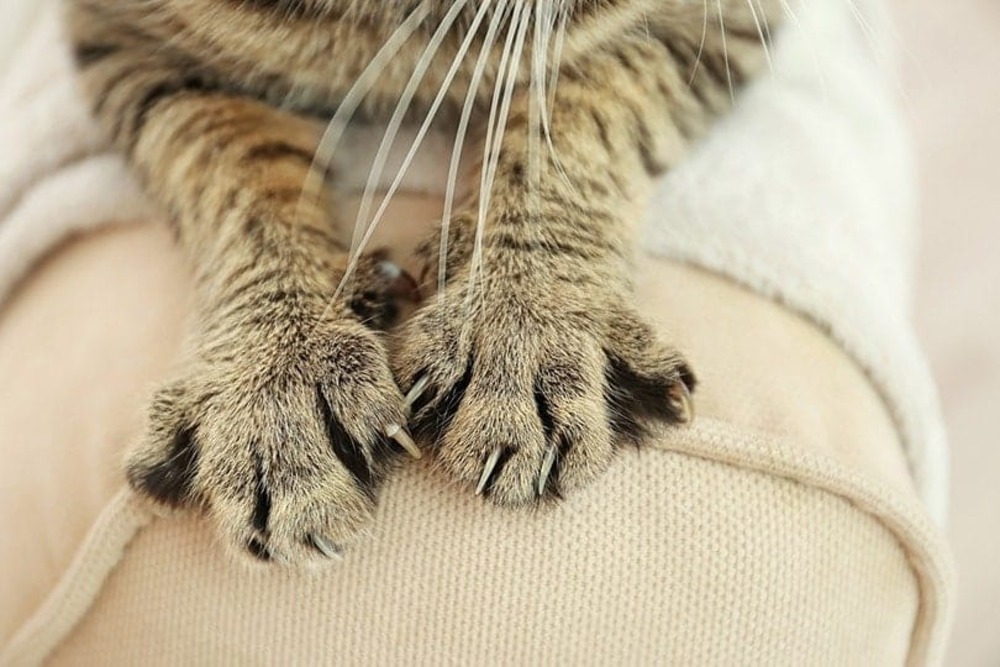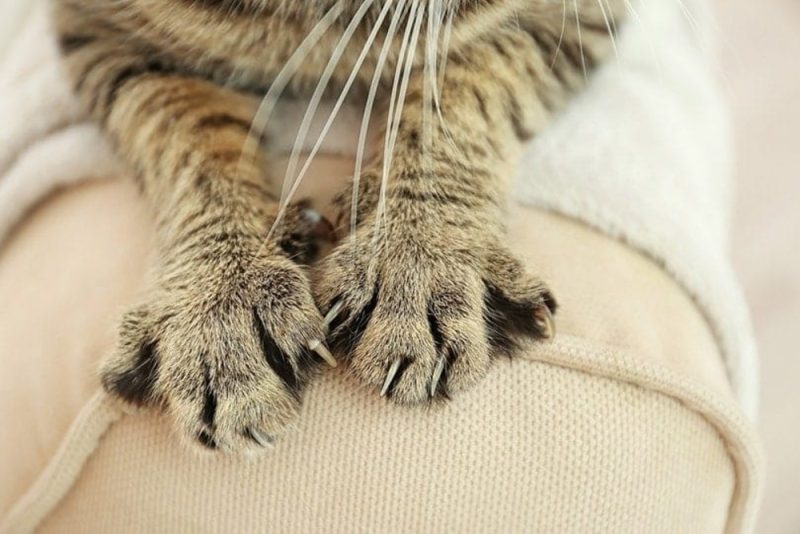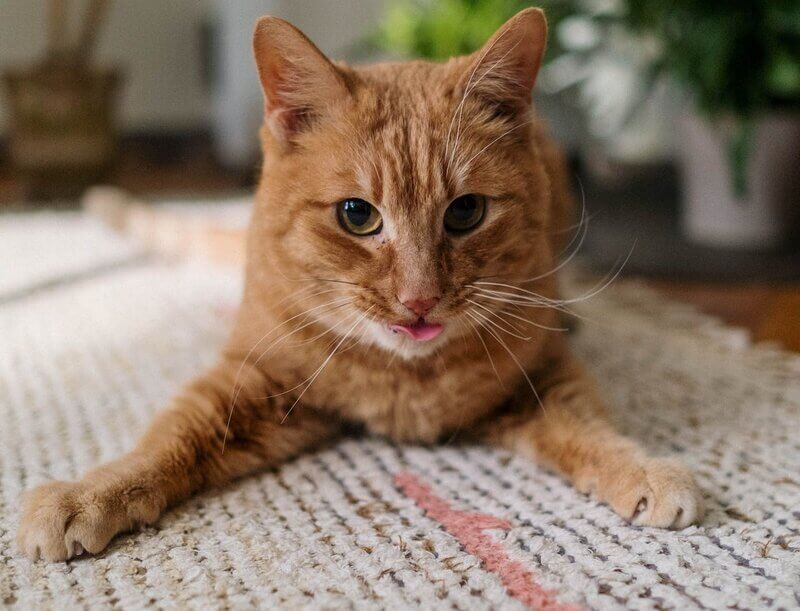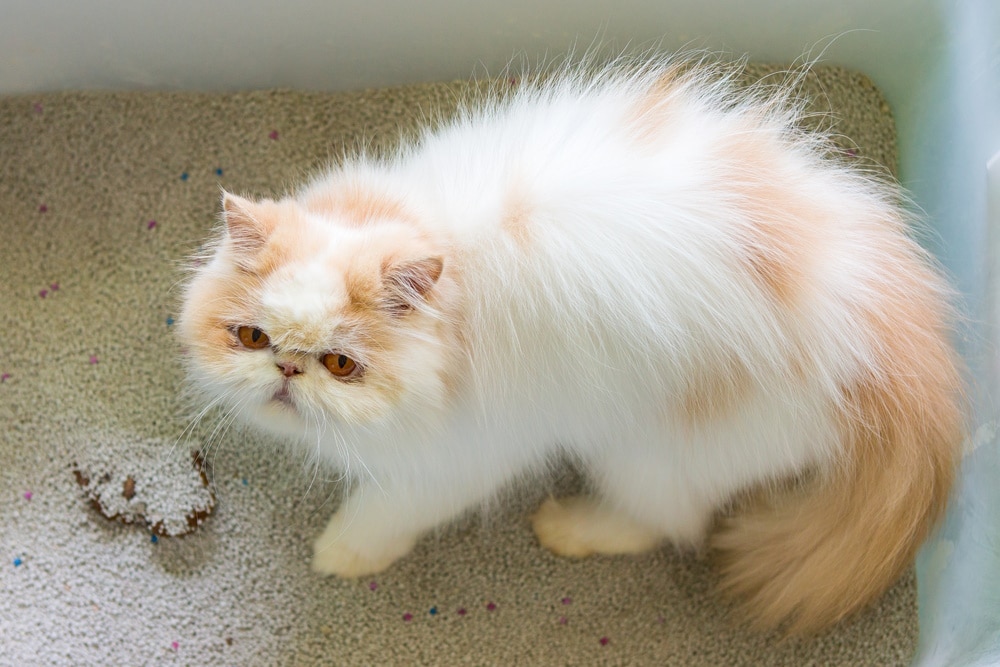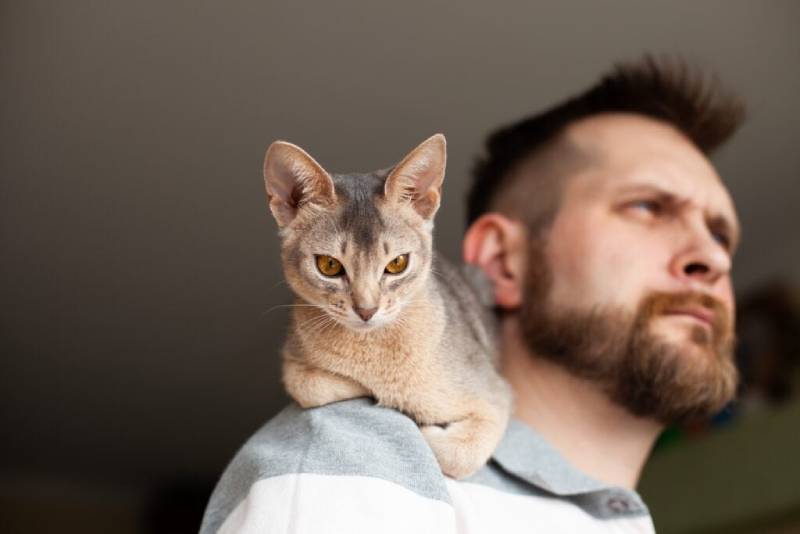Cats have their fair share of quirky behaviors. They race around the room, chasing invisible objects for no apparent reason, or turn anything into a toy, whether it’s appropriate or not. And don’t get us started about bringing us “presents.” One of their more endearing quirks is “making biscuits” or kneading you. It almost feels like their version of a kitty massage, complete with purring.
While there isn’t one single reason for making biscuits, there is general consensus that kneading is a holdover of juvenile behavior that domestication may have encouraged. The rhythmic pawing and pushing are similar to what you might do to work dough for bread or biscuits, hence the name. It is cute to watch your cat do it with their eyes half-closed, sometimes a little bit of drooling. They seem to enjoy it, getting lost in the moment. However, what are the reasons for this behavior? And what are some ways you can continue to keep them healthy and happy?
Reasons Cats Knead
The Felidae or cat family includes 37 living species. Many share some common traits, such as sleeping a lot and hunting. One behavior you’ll see in all felines, small and large, is kneading. Even tigers do it! It’s not surprising that your kitty would engage in behavior similar to that of a big cat. After all, they share 95.6% of their DNA. There are a few reasons for this behavior.

The Mother-Kitten Bond
Kittens knead their mothers before their eyes are even open. Along with suckling, it helps to stimulate milk flow by encouraging the release of oxytocin from the female, which, in turn, cements their bond. Remember that kittens are totally dependent upon their mothers for the first few weeks, so it makes evolutionary sense to nurture this pair bonding.
Making a Bed
You’ve probably seen your cat pawing at a blanket or moving a pillow before finally turning around and lying down on it. Kneading could be one way your kitty tries to make their place comfy for a restful sleep. The “making biscuits” action is linked with feelings of contentment, safety, and rest, so it makes sense for cats to exhibit this same behavior when getting comfortable for a long nap.
Is there anything better than a happy cat? We don’t think so—that’s where the Hepper Nest Bed comes in.
This product was designed with both your and your kitty's happiness in mind. While the comfortable bowl shape and wide lip to rest their heads on are ideal for sleepy kitties, you’ll appreciate the removable and machine-washable fleece liner for easy cleaning. It doesn’t get any better than this! Click here to try it out. At Catster, we’ve admired Hepper for many years and decided to take a controlling ownership interest so that we could benefit from the outstanding designs of this cool cat company!
Feeling Good or Seeking Comfort
Many cats knead simply because they’re feeling good; they’re safe and secure in your home. They have plenty of food and water, so life couldn’t be better, especially in the company of their favorite person. This explanation goes back to those early days of being a kitten.
The sophisticated development of the pheromone-secreting glands of carnivores is unparalleled in the animal kingdom. Theirs is a world of smells, both good and bad. The pheromones released when kneading their mothers convey comfort and security. When your cat starts making biscuits, they are replicating those olfactory memories.
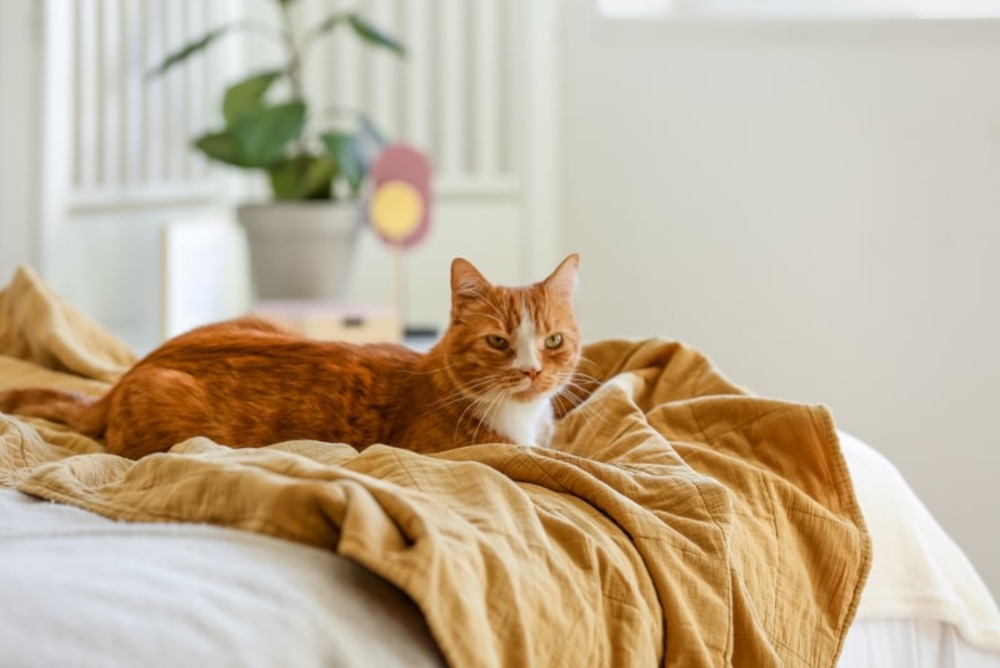
Social Bonding
Kneading can be your cat’s way of signaling a reinforcement of your bond. When a kitten kneads its mother, they are rewarded with both milk and comfort, enhancing their bond. When your cat replicates this behavior with you – on your stomach, lap, arm – they are likely telling you that they want to feel that closeness to you as well.
Claiming Something as Theirs
Felines have scent glands in their paws. Like rubbing up against you, kneading may mark you as belonging to them. It’s a subtle yet potent gesture on their part. It’s worth noting that these types of silent signals are beneficial. They let another cat know you’re taken to help prevent a conflict over territorial rights. Fighting can come at a high price that they can avoid by using scent marking.
Did You Know?:
Products like Feliway, which are designed to help cats feel more calm, and improve the relationships between cats in multi pet households, are actually synthetic replications of the pheromones produced by the mother cat when she is caring for her litter.
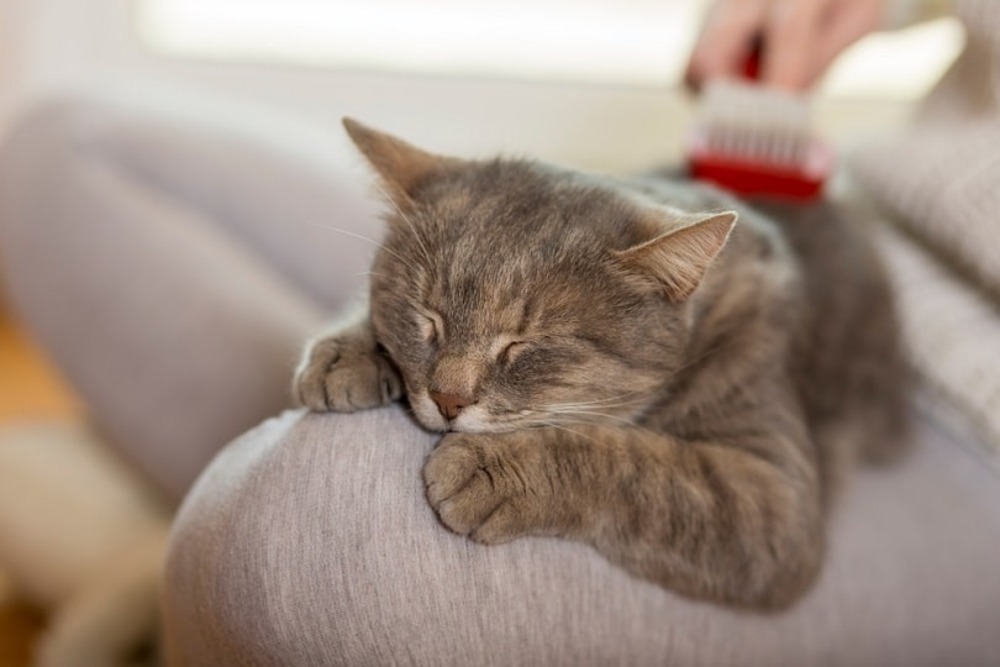
Tips for Keeping Your Cat Healthy and Happy
We all want our pets to be healthy and happy. Ensuring this involves viewing things from their perspective. There are the obvious things to consider, such as food and water. Feeding your cat a high-quality diet will make sure they’re getting everything they need in the correct proportions. Giving your kitty food that is appropriate for their weight, age, and life stage is essential to good health.
We can’t overemphasize the importance of regular veterinary care. Cats are notorious for hiding any signs of weakness or illness. An annual exam can help identify issues before they become problems. It’s also an excellent time to update your pet’s vaccination and conduct routine testing.
Another critical part of cat care is mental stimulation and enrichment. Felines are highly intelligent animals. There’s a good reason why they’ve been around for over 55 million years. Bringing them into our lives was perhaps one of the best things humans have ever done; although some may argue that it was the cats that inserted themselves into our lives. However, life in the human world can have its downsides. It can be boring for pets who know every inch of their homes so well and lack any real stimulation.
That’s where play and daily interaction with their humans come in. It reinforces your bond with your cat while providing mental stimulation for their quality of life and well-being. It’s also part of your responsibility as a pet owner not to foster inappropriate behavior arising from boredom. Inactivity can also lead to health problems, such as obesity.
Final Thoughts
Our relationship with cats has shaped our pets’ lives and behavior. Making biscuits is one of its most expressive ways that a cat can show you that they feel safe and happy in your home and company. Take it as a sign you’re doing things right and giving your kitty a good life with the things they need to enjoy it. Kneading is their way of showing a loving thank you, and telling you that they want to continue being close to you. But if your kitty’s claws are making this loving action a bit painful, a simple claw trim can make all the difference.
Featured Image Credit: Africa Studio, Shutterstock

